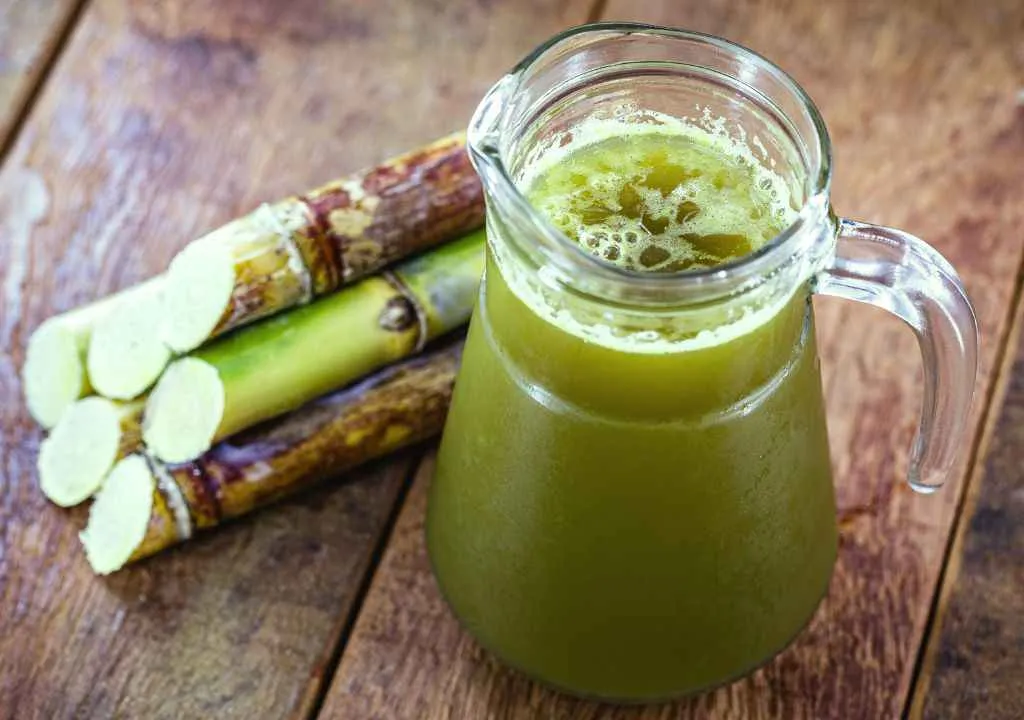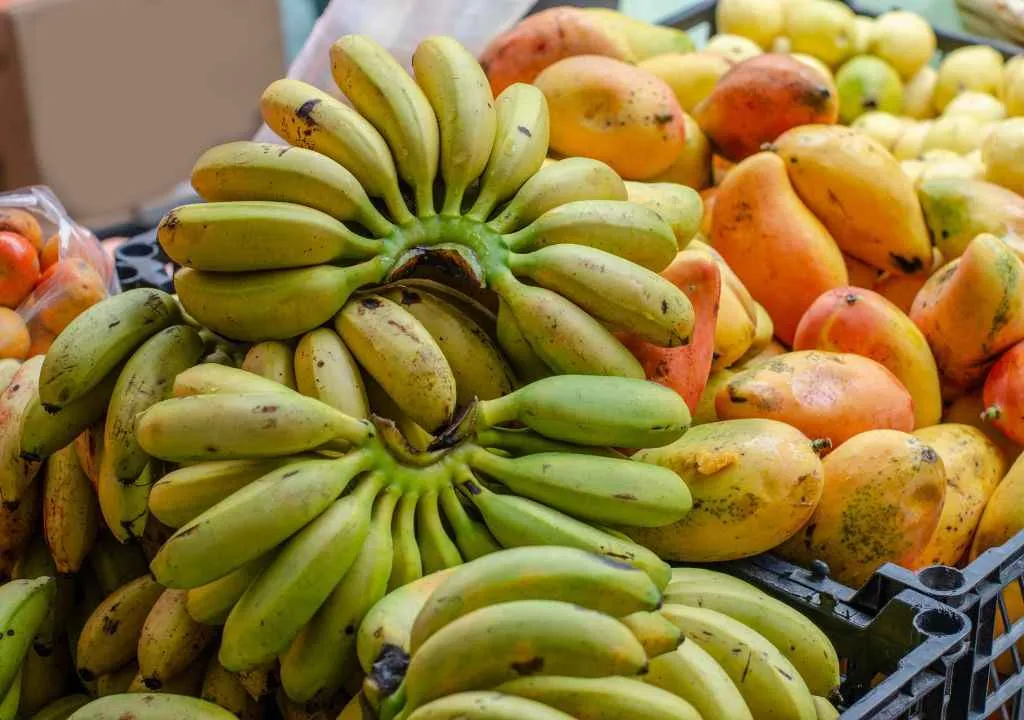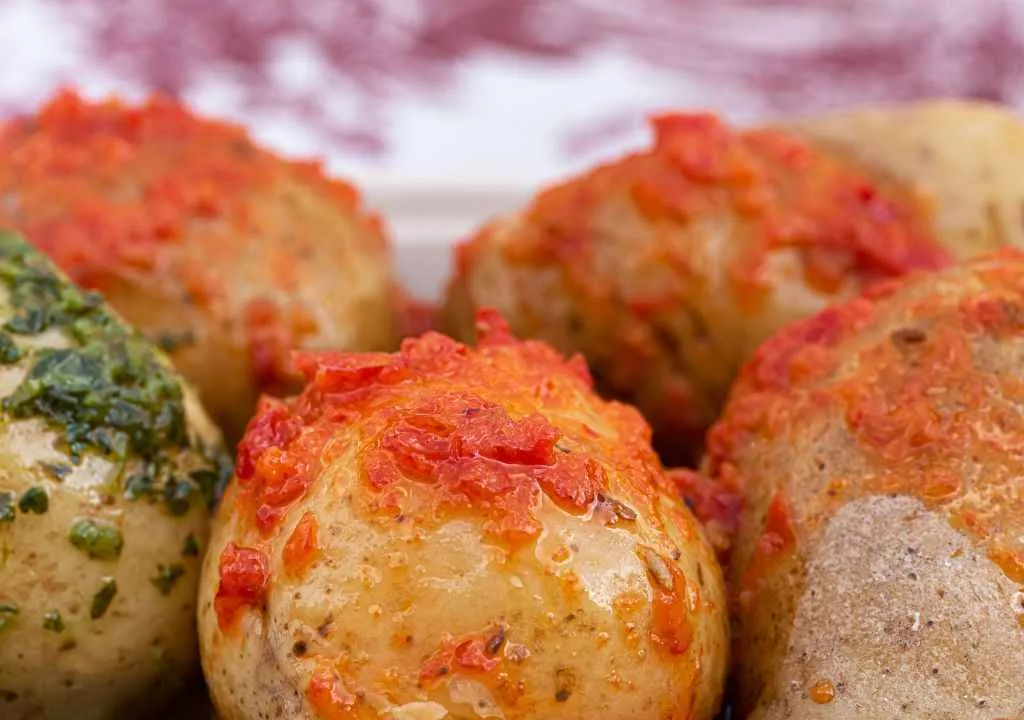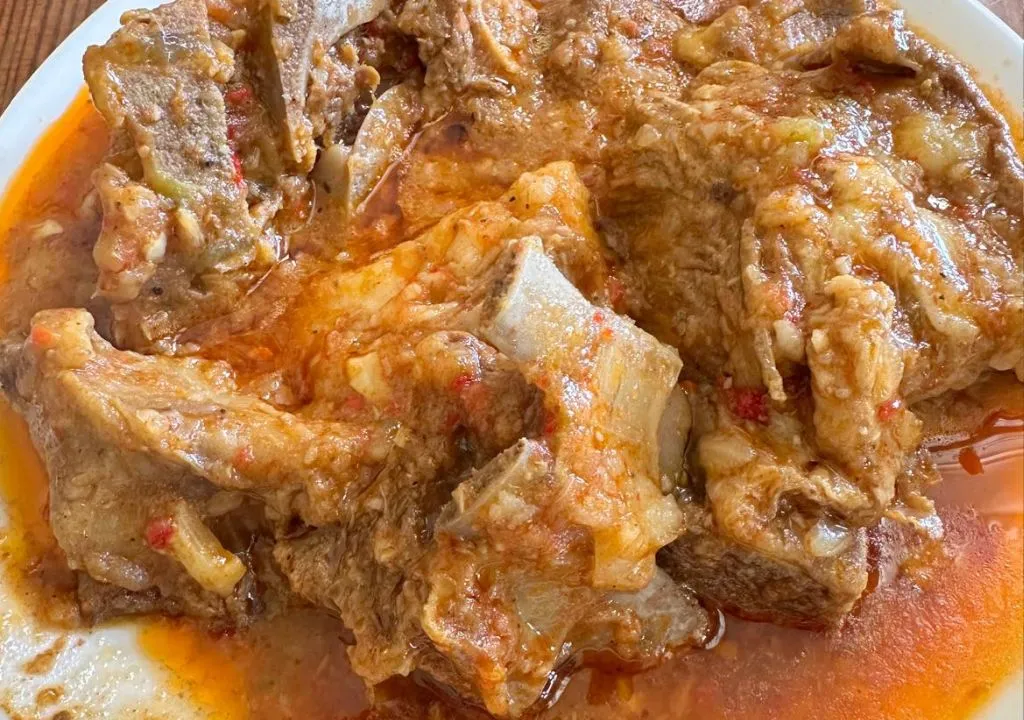Guarapo is one of those island treasures that perfectly capture the tropical spirit of La Palma.
It’s the sweet juice extracted from pressed sugarcane, a natural and refreshing drink full of history and flavour.
On the island, sugarcane cultivation began in the 16th century, becoming a key pillar of the local economy and giving rise to products such as sugarcane syrup, rum, and aguardiente.
In the past, guarapo was mainly used for medicinal purposes, but today it’s a symbol of tradition, freshness, and island flavour.

A Legacy That Travelled the World
Originally from Asia, sugarcane arrived in the Canary Islands with the Spanish conquerors before crossing the Atlantic to the Americas.
On La Palma, sugarcane is mainly grown in Tijarafe, Barlovento, San Andrés y Sauces, and Los Llanos de Aridane, where the old trapiches (metal mills used to extract the fresh juice) can still be seen.
Augusto Rodríguez: Guardian of Palmero Guarapo
One key figure in this tradition is Augusto Rodríguez, a pioneer of organic guarapo production on La Palma.
For more than 20 years, he has cultivated organic sugarcane, crafting natural juices blended with passion fruit, orange, lemon, or ginger.
For adults, he also offers versions with a touch of Ron Aldea, such as Palmero mojitos and caipirinhas, which are especially popular during the Los Indianos carnival.
Health Benefits of Guarapo
Beyond its exotic taste, guarapo is also nutritious and revitalising:
- Diuretic and cleansing, helping to remove toxins and aid digestion.
- Rich in essential minerals like calcium, potassium, and magnesium.
- Boosts vitamin C when mixed with citrus fruits.
- Refreshes and energises the body while strengthening the immune system.
No wonder locals consider it the best natural remedy against heat and fatigue.

Where Did Guarapo Come From?
The history of guarapo is as sweet and fascinating as its flavour.
Today it’s enjoyed in places like India, North Africa, and Latin America, but many historians believe the Canary Islands played a key role in its spread.
Some theories suggest that sugarcane was brought to the islands from the coasts of Málaga and Granada, where it was already cultivated before the Spanish conquest.
Others point to the Berbers of North Africa, who may have been pressing sugarcane long before the Roman Empire.
Whatever its precise origin, La Palma became the perfect home for guarapo — where tradition, nature, and flavour merge in every drop.
How Guarapo Is Made
The process is simple but requires strength and skill:
- Sugarcane is cut and pressed through the trapiche, a manual or mechanical mill.
- The juice is collected and served cold, freshly pressed.
- Optionally, it can be fermented, resulting in a mildly alcoholic drink.
Its sweet, natural flavour reflects the tropical soul of La Palma: pure, vibrant and full of life.
Where to Taste Guarapo on La Palma
You can enjoy fresh guarapo at:
- Local markets in Mazo, Breña Alta, Puntagorda and Santa Cruz de La Palma.
- Festivals and fairs, where mojitos with Ron Aldea are freshly prepared.
- Traditional celebrations, such as the Los Indianos carnival, where guarapo takes centre stage.




